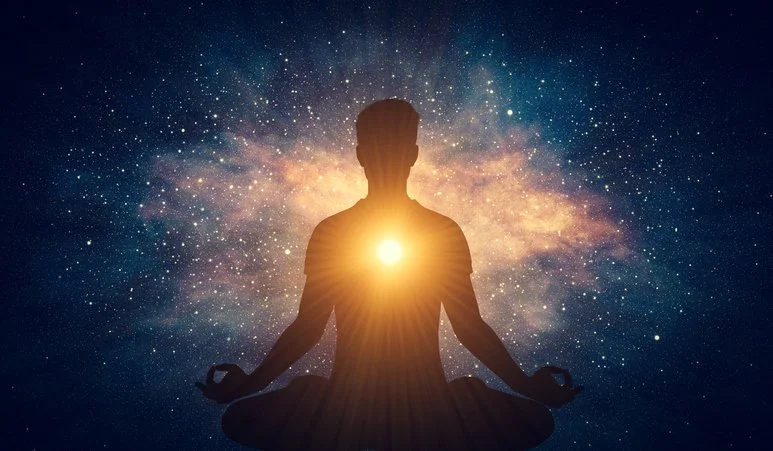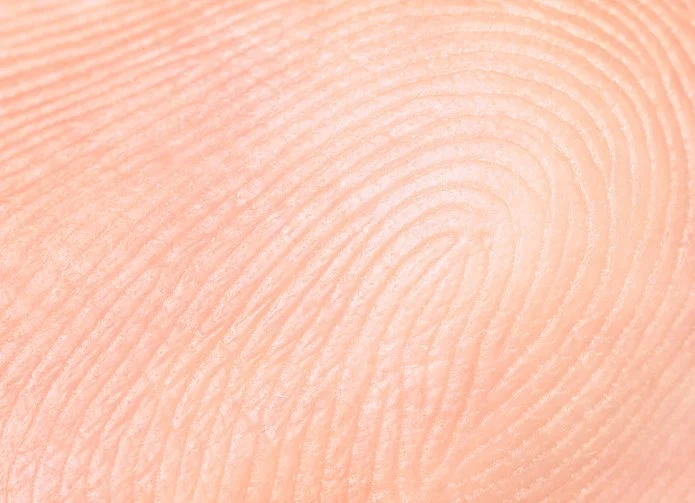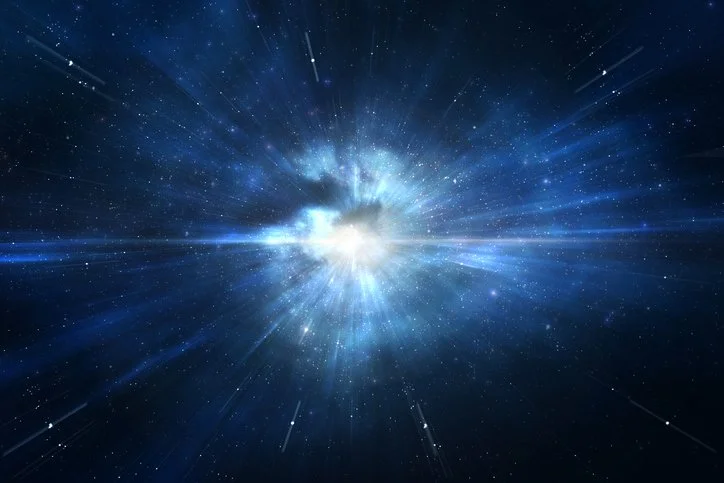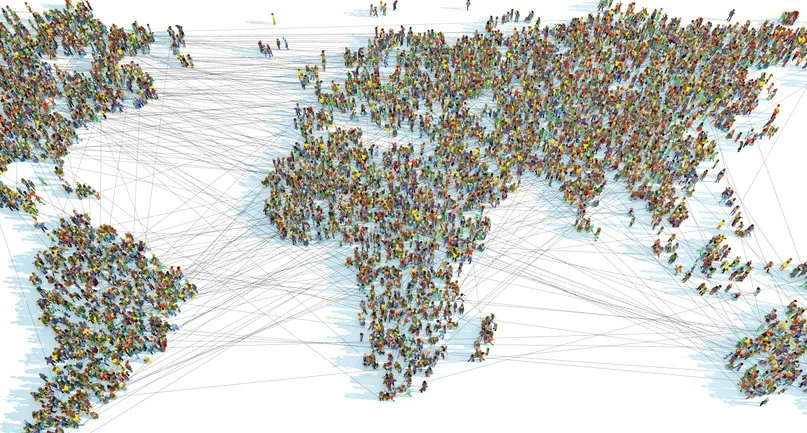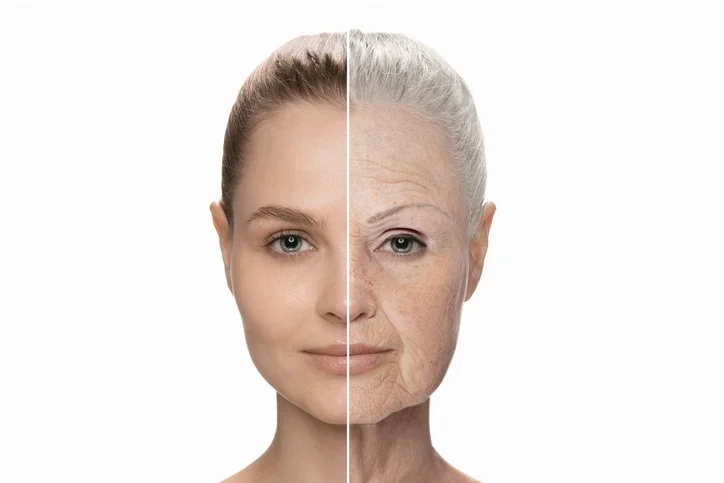From Fresh Cells to Cosmic Dust: The Science of Aging and Renewal
Do you ever catch yourself feeling "old"? Maybe it's a creaky joint, a gray hair, or just the weight of years gone by. But here's a mind-bending truth: no matter your age, your body is constantly rebuilding itself, churning out fresh cells, tissues, and even bones. At 80 years old, you're a mosaic of brand-new parts, some just days or weeks old. In a biological sense, you're perpetually young. Yet, what raw materials make up these new parts? They're ancient—potentially as old as the universe itself, forged in the hearts of long-dead stars. This paradox of renewal and antiquity defines us, and it's a story of both vibrant life and inevitable aging.
A Body in Constant Renewal
Your body is a construction site that never shuts down. Cells divide, die, and are replaced at staggering rates, ensuring you're never quite the same from one moment to the next. Let's look at some examples:
Skin: Your outer layer, the epidermis, is a champion of renewal, replacing itself every 10 to 30 days. Dead skin cells slough off, and new ones rise to take their place, keeping your barrier fresh and resilient.
Liver: The liver, your body's detox powerhouse, is remarkably regenerative. Its main cells, hepatocytes, turn over every 150 to 500 days, depending on health and workload. Even if part of the liver is removed, it can regrow to full size in weeks, a feat that's almost mythical in its efficiency.
Red Blood Cells: These oxygen carriers have a lifespan of about 120 days. Your bone marrow churns out roughly 2 million new ones every second to keep your blood supply robust.
Stomach Lining: Exposed to harsh digestive acids, the stomach's mucous cells are replaced every 2 to 9 days, protecting you from self-digestion.
Bones: Even your skeleton, which seems solid and unchanging, is in flux. Osteoclasts break down old bone, and osteoblasts build new bone, with your entire skeleton renewing roughly every 10 years.
These cycles of renewal mean that, biologically, you're a patchwork of parts at different stages of "youth." An 80-year-old's liver cells might be less than a year old, and their skin cells may be mere weeks old. In this sense, aging isn't about having "old" parts—it's about how well the renewal process holds up.
The Limits of Renewal
Not everything in your body is so quick to refresh. Some cells and tissues are built to last, with limited or no replacement:
Neurons: Most neurons in your brain are born with you and stay with you for life. While some areas, like the hippocampus, can generate new neurons (a process called neurogenesis), it's limited and slows with age. This permanence is why brain injuries or neurodegenerative diseases like Alzheimer's are so devastating.
Heart Muscle Cells (Cardiomyocytes): For years, scientists thought heart muscle cells never regenerated. Recent studies show a slow turnover rate—about 1% per year in young adults, dropping to 0.4% in older adults. Over a lifetime, you might replace less than half your heart muscle cells, making heart damage particularly hard to repair.
Lens Cells in the Eye: The core cells of your eye's lens, which help you focus, are with you from birth. They don't regenerate, which is why cataracts—clouding of the lens—become common with age.
These non-renewing or slowly renewing cells highlight a key challenge: while your body is a master at rebuilding, some parts are irreplaceable or slow to recover, contributing to the physical decline we associate with aging.
Ancient Materials, Cosmic Origins
Now, let's zoom out to the materials that make up these cells. Every atom in your body—carbon, oxygen, hydrogen, and more—was forged billions of years ago. The carbon in your DNA might have been born in a star's fiery core, and the hydrogen in your water molecules formed in the Big Bang. These atoms have cycled through Earth's crust, oceans, and countless living things before landing in you. When your body builds a new liver cell or bone, it's recycling matter that's potentially as old as the universe itself—13.8 billion years. You're not just new; you're timeless, a walking piece of cosmic history.
This ancient material is reshaped into "new" you through food, water, and air. The salad you ate last week might now be part of your skin; the water you drank could be fueling a new red blood cell. Your body is a testament to both relentless renewal and eternal recycling.
Cellular Senescence: The Shadow of Aging
If we're constantly renewing, why do we age and die? Enter cellular senescence, a process where cells stop dividing but don't die. These "zombie cells" accumulate over time, secreting inflammatory molecules that damage nearby tissues. Senescence is a double-edged sword: it protects us early in life by preventing damaged cells from becoming cancerous, but as senescent cells build up, they drive aging-related issues like arthritis, heart disease, and frailty.
Senescent cells disrupt the renewal process, slowing tissue repair and creating a pro-inflammatory environment. They're a key reason why, despite having "new" cells, an 80-year-old body doesn't function like a 20-year-old's. Research into clearing senescent cells—using drugs called senolytics—is promising, potentially extending a healthy lifespan, but we're not there yet.
The Immortality Problem
Imagine if every living thing were immortal, with perfect renewal and no senescence. At first, it sounds idyllic—no aging, no death. But the consequences would be catastrophic. Earth's resources are finite. If nothing died, populations would skyrocket, overcrowding the planet. Humans, animals, and plants would compete for dwindling space, food, and water. Ecosystems would collapse under the weight of unchecked growth. Death, as harsh as it seems, is nature's way of making room for new life, ensuring resources cycle and species evolve.
Even without immortality, human population growth already strains Earth. In 2022, we hit 8 billion people, and projections suggest 10.4 billion by 2100. If we were immortal, that number would balloon exponentially, rendering the planet unlivable. Renewal and mortality are two sides of the same coin, balancing life's continuation.
The Paradox of Being
So, are you old or young? Ancient or new? The answer is both. Your body is a marvel of renewal, rebuilding itself with cells that are often younger than your last birthday. Yet the atoms forming those cells are older than the stars. Cellular senescence and limited regeneration remind us that aging is inevitable, not because our parts are "old," but because renewal isn't perfect. And while immortality might sound appealing, it would choke the very life it seeks to preserve.
Next time you feel old, remember: you're a walking paradox, a blend of fresh cells and cosmic dust, forever renewing yet eternally ancient. Embrace the dance of creation and decay—it's what makes you, and life itself, possible. Remember this, too: you get your building blocks from your food. Make sure you are eating nutrient-dense whole foods!
